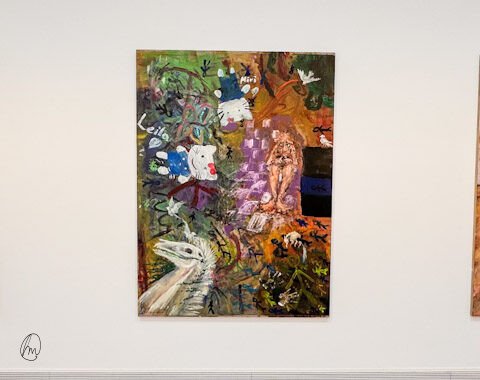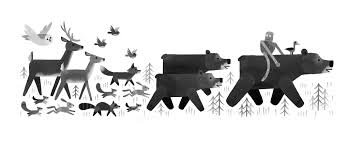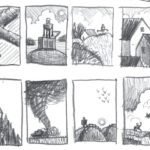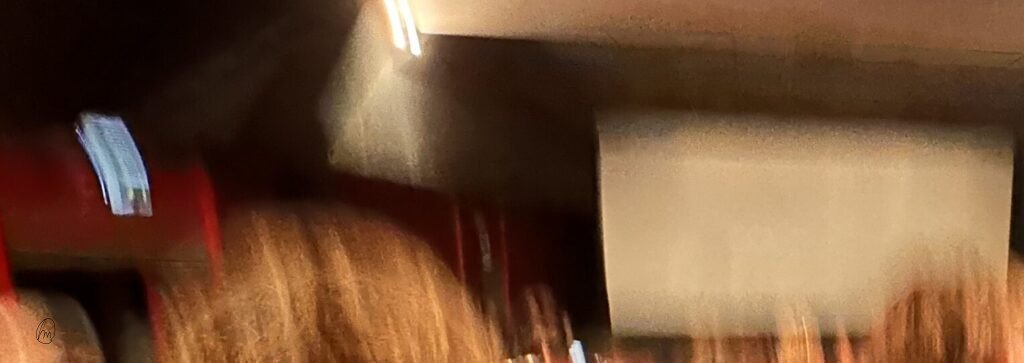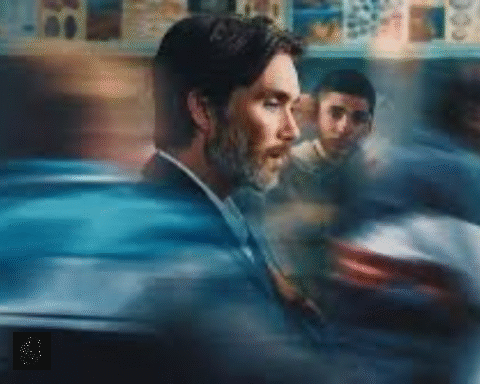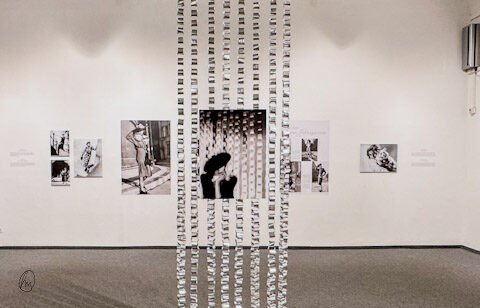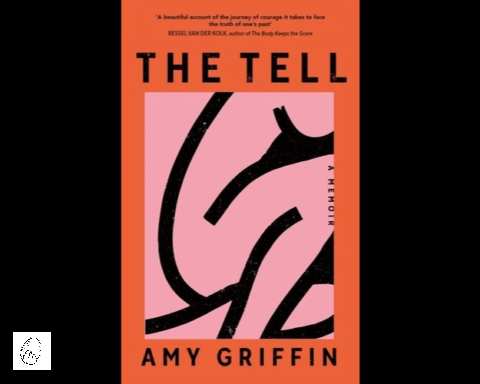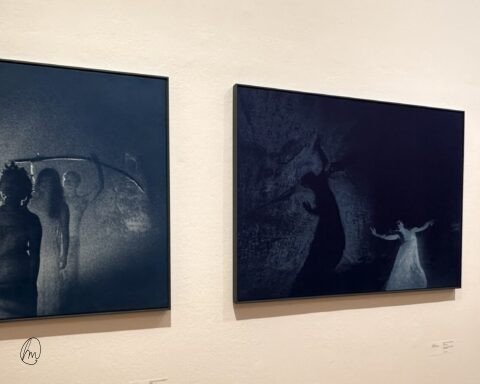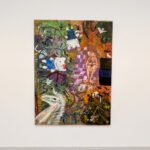Zaci* Children’s Exhibition at the Ludwig Museum
Art and creation are forces that bind together elements and people—a kind of magic that, for some, lies within arm’s reach. For young people raised in stable, supportive environments art is always accessible. They can freely share in the encounter where art and humanity meet—whether as spectators or as creators. It is well known that a single work of art can inspire, even change the course of a life. Here we speak of that unique moment when artist and viewer truly connect.
Yet behind such moments lie countless smaller experiences, most of them naturally available to children growing up in stable families. Simple activities like drawing or shaping clay may seem trivial, but they are essential in opening a line of communication between the child and the outside world. Inner experiences are projected outward through the tools at hand—so long as what emerges is received and nurtured with care.
Zaci
But there are children who are not given this foundation. Orphans and those growing up in state institutions—who call themselves zaci—often carry deep emotional wounds. Their trust in the outside world is close to zero. Today in Hungary, the number of orphans is estimated at around 24,000.
Healing Trauma Through Art and Therapy
Over the past year, an extraordinary initiative has taken root in Hungary, launched by the Világszépe Child Protection Foundation. As part of the program, 24 contemporary Hungarian artists held workshops for 77 young people in state care. Each artist, keeping their identity hidden, dedicated one artwork to a group of children. In this way, the 77 participants first began to form connections “blindly,” through the artworks themselves—before eventually meeting the artists in joint workshops.
The Fruit
The completed works were presented at the Ludwig Museum. At the opening, psychologist Noémi Orvos-Tóth, who had accompanied the entire process, highlighted the healing power of artistic creation in building trust and relieving trauma. For those deprived of a balanced and loving background a supportive network can never fully replace a family, yet it can help them process their wounds far more quickly than those who grow up in the solitude of an orphanage, left neglected.
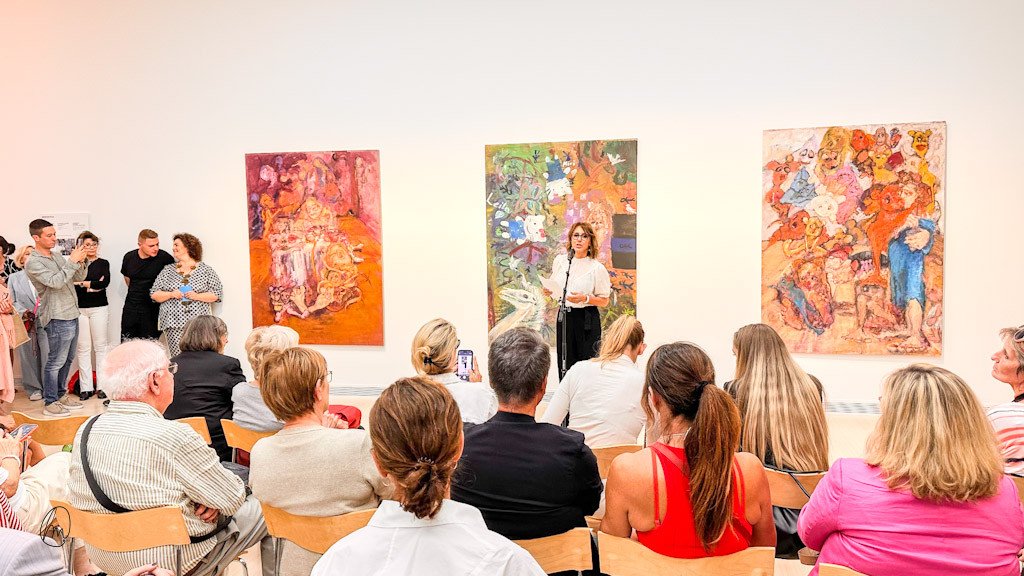
Over the course of the project, it became evident on a visceral level that she was witnessing the very imprints of what psychology calls transformative moments. In other words, the negative brain patterns etched by trauma can, through consistent positive feedback, be rewritten.
Artists, Experiences
Liberation Through Trust
Painter Éva Köves observed that during the creative process, the young participants not only created with freedom, but also discovered a sense of freedom within themselves—producing works that stood proudly in the final exhibition.
Art and Connection
Painter Bea Kusovszky experienced an instant and honest connection with her small group of participants, sparking a flow of genuine communication.
Trusting the Unknown
At her workshop, painter Anna Nemes placed the emphasis on trust—in the process and in the unknown. Together with the children, she dropped pigments into water, letting nature and the flow of currents carry the artwork toward its final form.
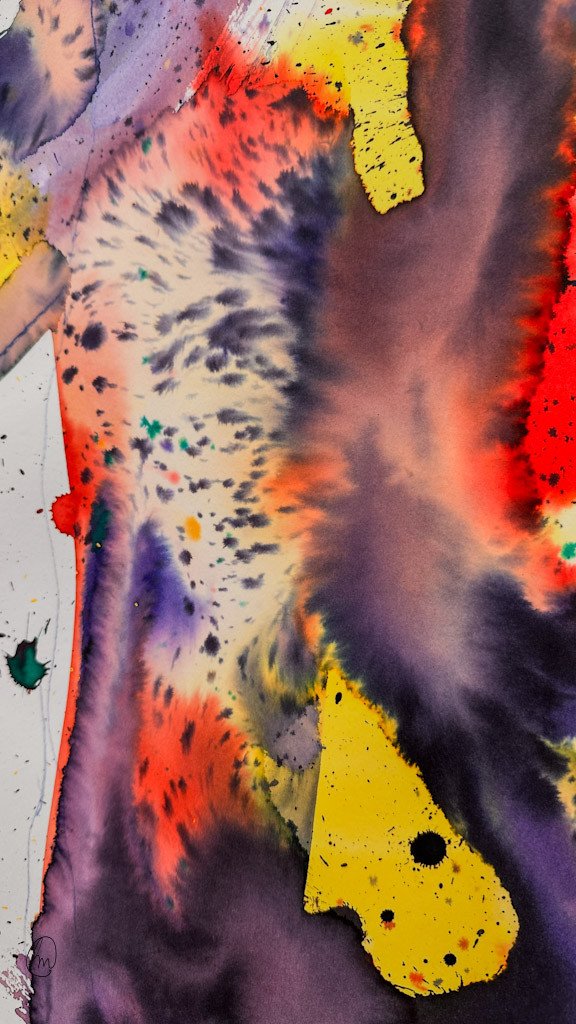
The future
The list could go on with impressions from 21 further Hungarian artists, but it is best to experience it firsthand at the exhibition—taking the time to pause and listen. Next to each work, a QR code links to a one-minute video in which the artists share their reflections on these collaborative, life-changing processes. Together, the works draw attention to the lives of children living in the harshest circumstances. To close with the words of Noémi Orvos-Tóth: the children are the future.
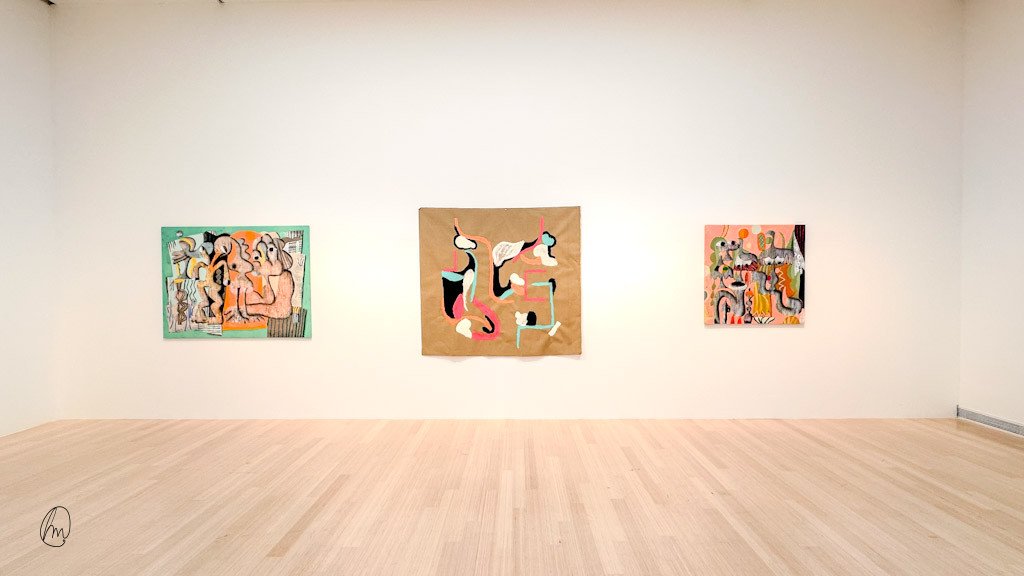
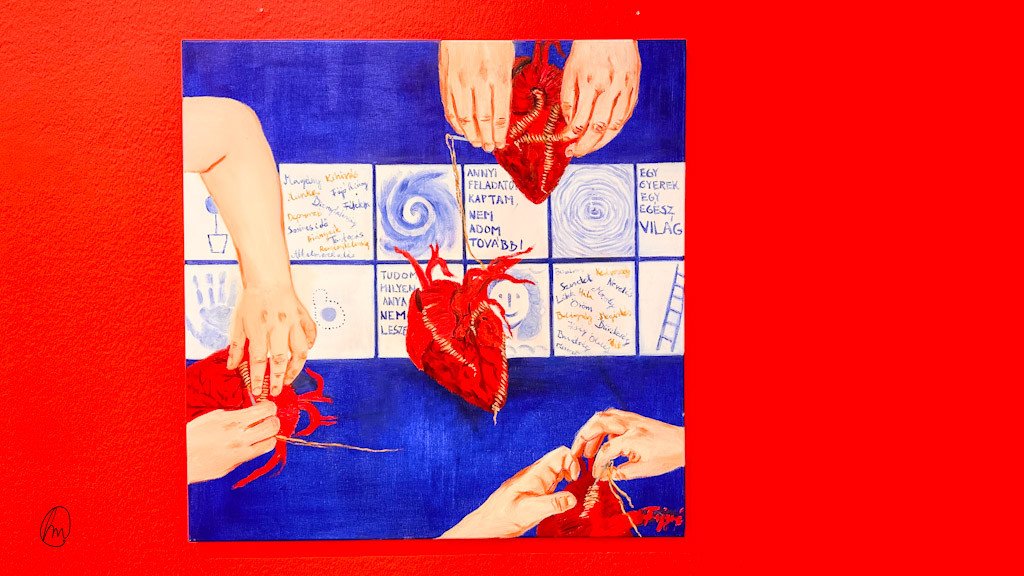
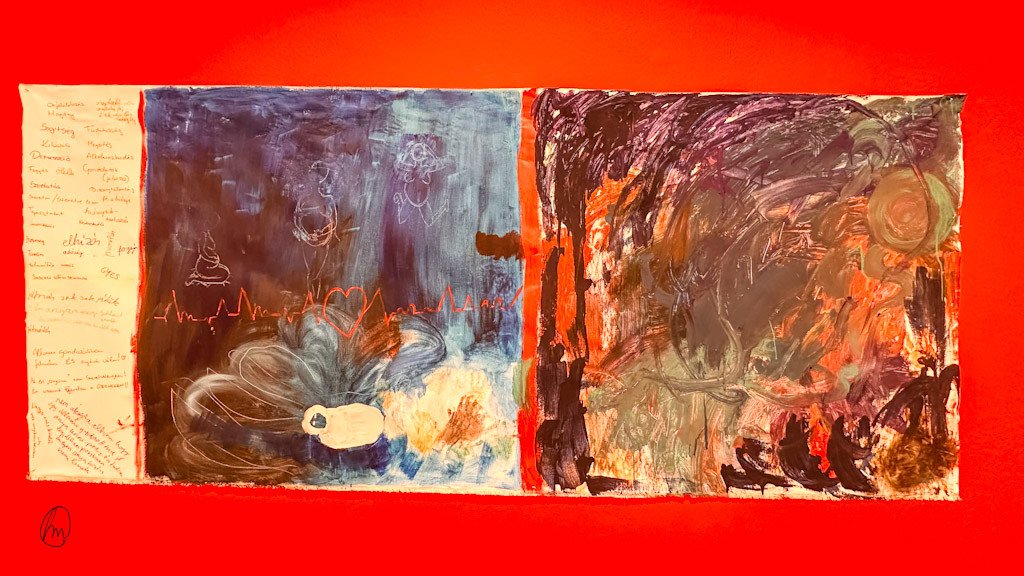
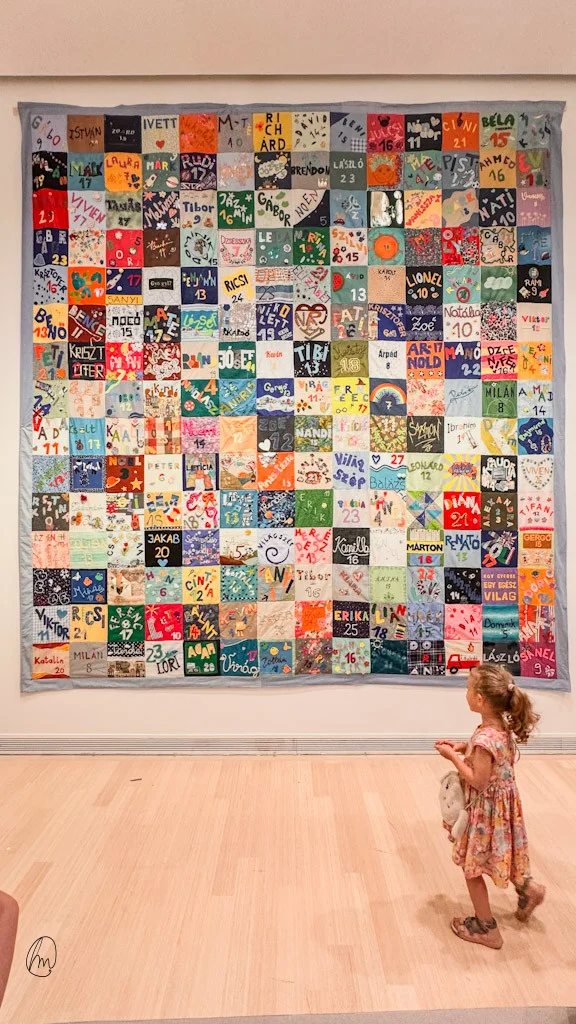
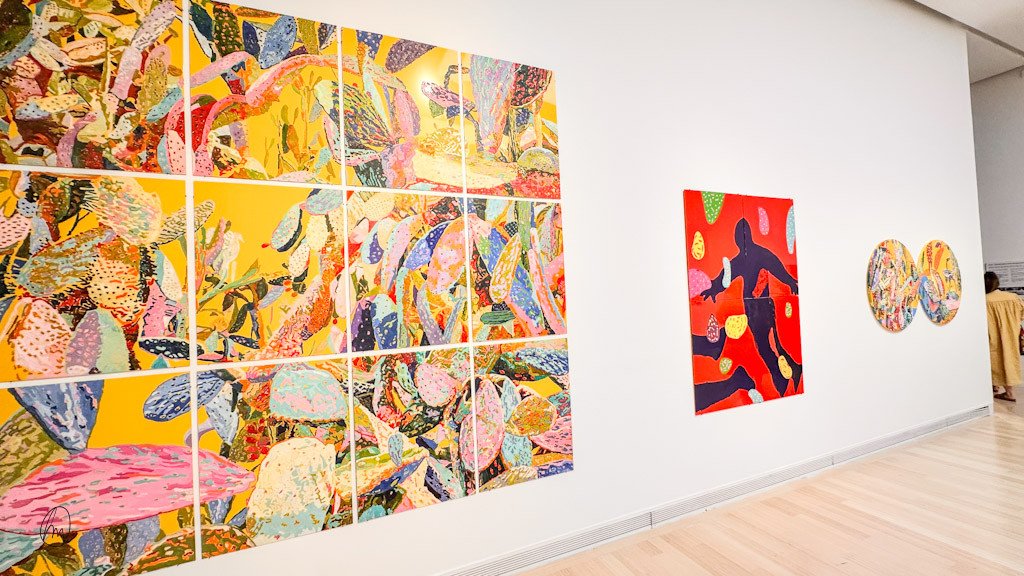
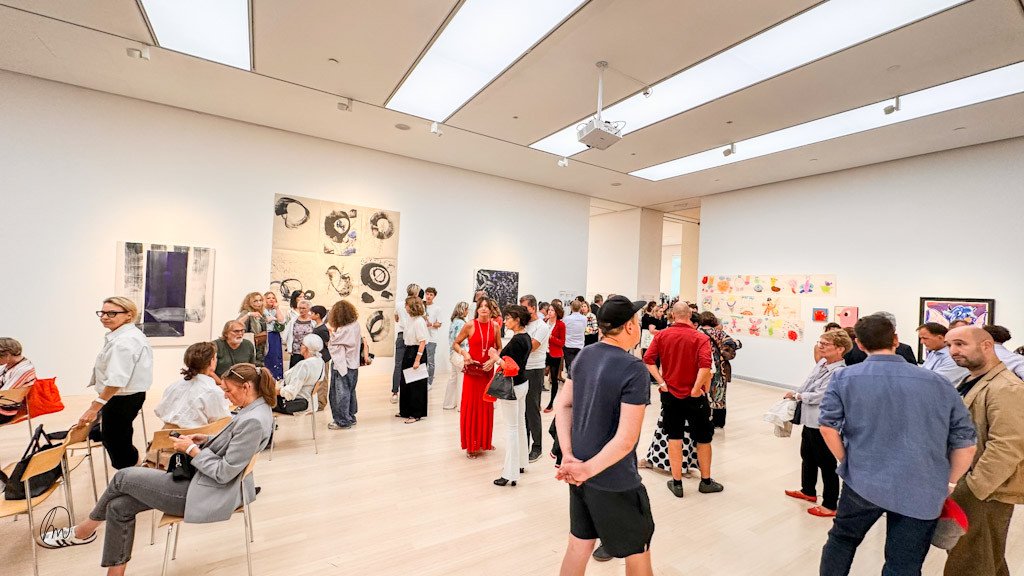
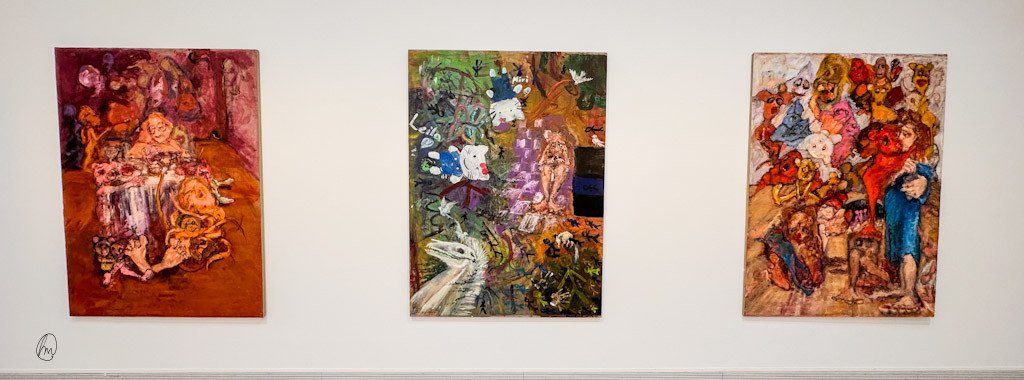
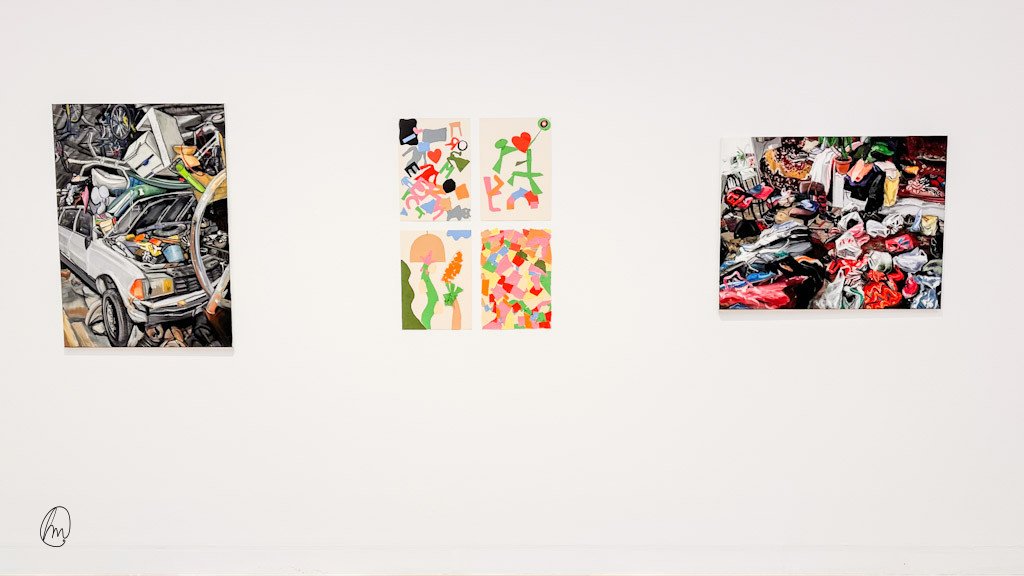
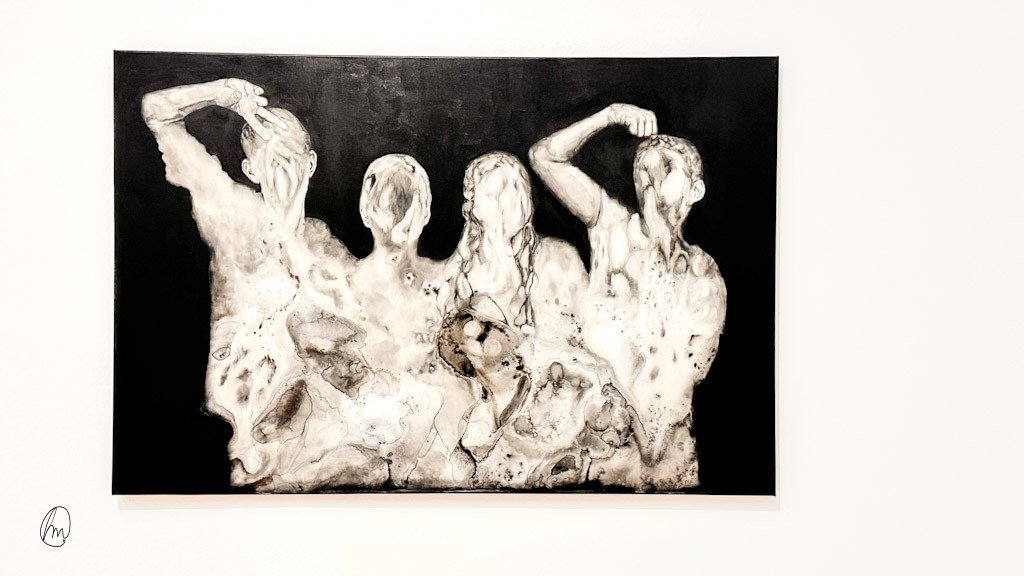
* “Zaci”: The term zaci originates from the Hungarian word zálogház (pawnshop), a place where people leave their belongings as collateral. It emerged during painter Éva Beresin’s workshop, when one of the young participants referred to themselves as a “zaci kid.” The children later began calling the shared moments of creation “Zaci magic.” What began as a self-label has since grown into a story of identity, resilience, and the fragile trust that art helped them rebuild.
Images: Original local stuff

